Recent post
Subscribe to the Blog
Get our research-based blogs and stories delivered to your inbox.
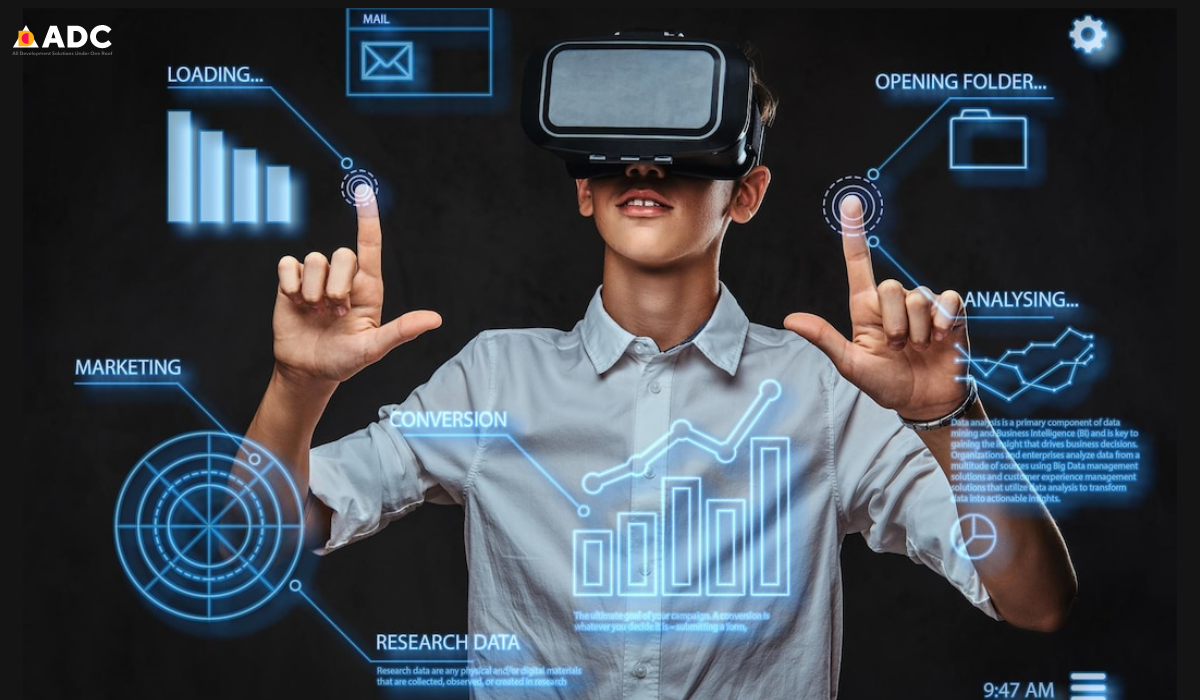
Extended reality (XR) is changing the world as we know it today. It is the new norm and people have begun to use it in different sectors including health, education, business, gaming, etc. Extended reality is a subordinate term and under it comes a category of technologies including virtual reality (VR), augmented reality (AR), and mixed reality (MR). Talking about extended reality, XR simulates the real world with the help of digital resources and allows people to blur the lines between the natural and artificial world by blending natural and technological realities. Besides, all three types of extended reality are immersive technologies, providing people with a whole new experience that completely or partially engages them in a situation.
With the advancements in technology taking place at a faster pace and the world becoming digitalized, there is a shift in the way people do things. The world is immersed in a multitude of virtual worlds, all the while influencing different sectors. An array of virtual, augmented, and mixed reality has made things easier and more effective in the health, education, manufacturing, business, and entertainment sectors. More and more people are getting aware of these technologies as extended reality (XR) is becoming more realistic. We will take a look at how extended reality is reshaping the world in this article.
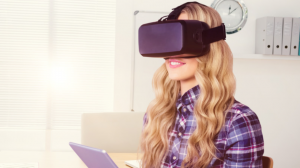
A subset of extended reality (XR), virtual reality (VR) is a computer-generated virtual environment that allows users to interact with a 3D world. You will need VR systems including VR headsets and goggles to experience virtual worlds. Moreover, fully immersive virtual reality immerses users in an otherworldy experience and users are able to escape from the real world to explore an alternate reality. The moment you put on your VR headsets and goggles, the world around you fades and a new world with a vibe of its own emerges.
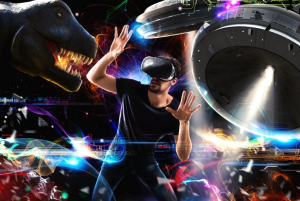
The most common and widespread use of VR is for gaming purposes. Gamers around the world feel blessed to experience this technology. Students don’t have the time to finish their academic papers but are deeply engrossed in VR games. Years ago, we could only imagine being in actual gameplay and slaying our enemies in a real gaming world. Thanks to VR, it’s now possible.
Furthermore, VR optimizes gaming to offer gamers the ultimate gaming experience. It enhances the senses, audio and video quality, and you feel like you are part of the game. You can play several games on VR. Some popular VR games include Resident Evil 7: Biohazard, Half-Life: Alyx, Batman: Arkham VR, The Walking Dead: Saints and Sinners, etc.
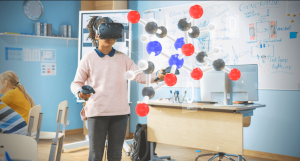
Just like gaming, virtual reality has also produced promising results in the health industry and has benefited doctors and patients alike. The number of VR possibilities in healthcare is countless. VR surgeries help in training doctors to practice surgeries by showing them what’s going on in the operating rooms. On the other hand, patients are allowed to put on VR sets before and during surgeries to view pleasing landscapes and sceneries in some hospitals. This not only helps them to distract their minds but also relieves their pain as reported by some patients.
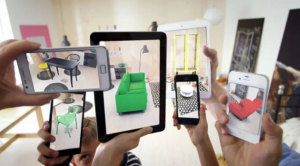
Virtual reality (VR) in the field of education offers several benefits and learning opportunities to students studying various subjects. It ignites their imaginations and motivates them to be more creative. Moreover, virtual reality (VR) helps students to better understand all the difficult academic concepts. Students can learn about different cultures too with the help of virtual reality trips to different parts of the world. The most common type of VR used in education is called 360VR, which allows students to view real-world locations. One of the additional benefits of VR in education is that it can be quite helpful for students with learning disabilities and difficulties. Most students can’t finish their academic tasks and projects on time because they don’t fully understand the concepts and they end up searching for academic writers online to get their tasks done. However, virtual reality helps students to do things by immersing them in an environment that suits their academic needs. This way they can master the lessons and concepts clearly to get a deeper understanding and knowledge of the subjects.
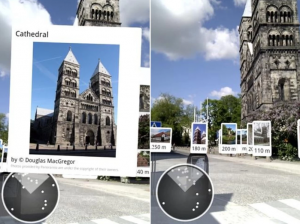
We assume you played Pokémon GO when it was first released. Not gonna lie, this game made most of us run everywhere to find a Pokémon. Not only Pokémon GO was a huge success for the gaming industry but it was a great achievement for augmented reality as well. Augmented reality (AR) is another type of extended reality, a highly interactive and visual way to provide digital information (images, audio, videos, etc.) in the context of a physical setting. This technology is one of those immersive technologies that are evolving the world’s landscape. By using visual overlays and some other sensory projections, augmented reality (AR) blends a number of interactive digital elements. The primary difference between augmented and virtual reality is that augmented reality makes use of the real-life environment and setting with the addition of virtual overlays and information. Whereas, virtual reality takes users into a new environment.
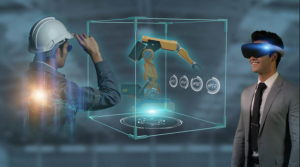
Augmented Reality is also used in many sectors like the military, education, health, gaming, etc. If you still don’t understand augmented reality, think of all the AR social media filters that add funny characters around you. What are they? They are considered social AR. Besides, augmented reality (AR) technologies are used in online catalogs and apps to enhance the shopping experiences of customers by allowing them to picture what a product will look like in various environments. Augmented reality (AR) has also made its way into the healthcare industry and AR apps allow users to visualize images of body systems, etc.
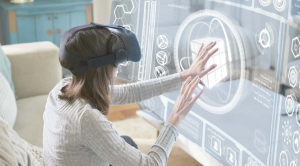
Mixed reality (MR) combines natural and digital environments to promote natural, human, computer and environmental interactions. MR blends the real world and digital elements. Besides, mixed reality allows you to merge and manipulate both natural and virtual environments. Even as you interact with a virtual environment, you can still be immersed in your real and natural setting. We can say that mixed reality (MR) provides users with a hybrid experience by simulating computer and real-world elements. As mixed reality is a relatively new concept, there are many limitations to it. However, software developers around the world are working to take a mixed reality (MR) to the next level.
All the cool and aesthetic social media and Snapchat filters people use to take beautiful pictures are the results of mixed reality (MR). Besides, virtual makeup apps also use mixed reality (MR). Mixed reality has opened doors to new opportunities and experiences in the gaming industry. There are many advantages of incorporating mixed reality in gaming. One of them is being able to provide a social aspect to the traditionally virtual games. There are several mixed reality games including I Expect You To Die, TITAN SLAYER, Rad Robots on Wild Earth, etc. In addition to that, mixed reality also plays a vital role in reforming the educational systems around the world. It allows learners to learn from new experiences and perspectives, and engage with others more effectively.
Get our research-based blogs and stories delivered to your inbox.
 Top Mobile App Development Firms
Top Mobile App Development Firms
 Top Web Development Firms
Top Web Development Firms
 Top On Demand App Developers Firms
Top On Demand App Developers Firms